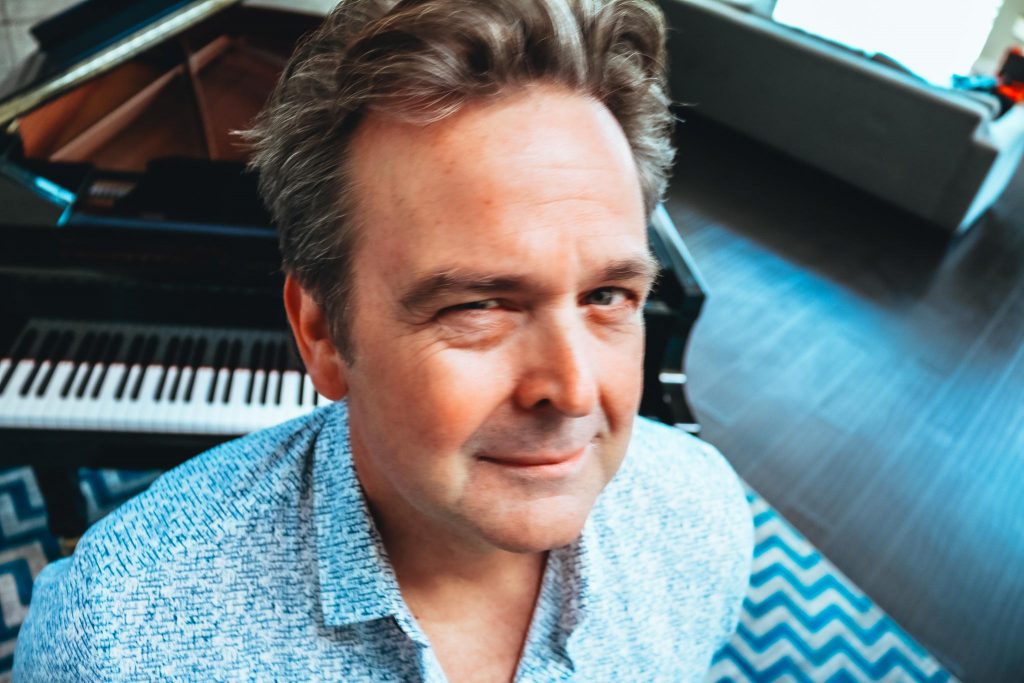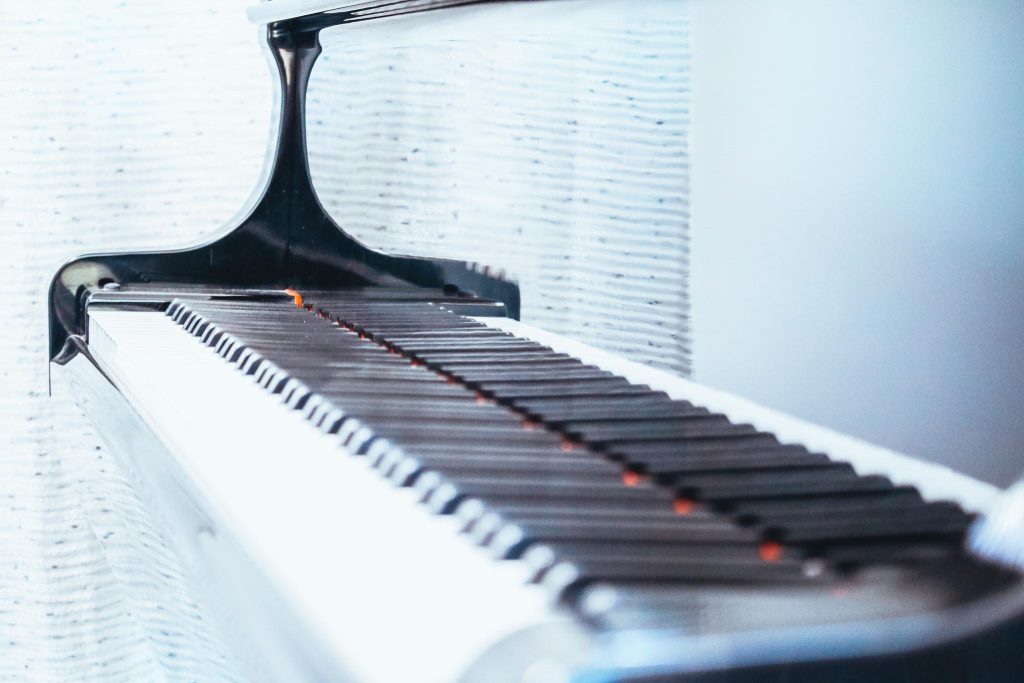Nestled up in the green hills of Los Angeles, there is a tranquil sound studio founded by one of the most prolific individuals in the film industry,Jeffery Alan Jones.
Alan Audio Works started as a personal studio in his own home, and it has now evolved to become one of the premier sites for sound design, sound mixing and film music. Alan Audio Works is also known for being a highly peaceful creative environment because of the beautiful nature that surrounds it.

A lot goes into Alan Audio Works’ success. Most importantly, hard work. I established the studio in 1990. It started in a small bedroom and has expanded a lot since then. It’s this idea of combining sound and music and being as unique and creative as possible. Early on, I produced several music albums both for myself and other artists Ultimately, my repertoire evolved to include composing music for film. I was scoring so many movies, and directors kept asking me to add some sound effects as well. After I added the sound effects, I would then be asked to mix the entire audio soundtrack. I didn’t think it would be that hard because I mixed music all of the time, but mixing a film is much more complex than mixing music because you’re not only dealing with the music, but you’re also balancing all elements of the film. The dialogue, sound effects, backgrounds, foley, etc. Then you have to make them all work together within the mix. Typically, if you throw together big hits, booms, explosions, and music, it will not work. You have to balance the sonic space for each sound, timbre, and frequency. So, it becomes a dance of dialogue, music, and sound effects. But that’s where the fun is and the most creative part of the process because I’m acting like a conductor in music, adjusting, balancing, and directing the sound design.
My clients love working with me for a number of reasons. For one, it’s a one-stop-shop to get everything done. There’s a cohesive, creative and logistical bubble that everything works through. If I’m doing all three (sound design, music, and mix), I’ll do the sound design in a way that compliments the music and vice versa. There’s a lot more pre-planning and forethought creatively doing all three aspects, but it is a huge advantage. On the other hand, it’s an enormous amount of work because now I’m assuming three supervising positions. That being said, I’ve been doing it since day one. So, I’ve evolved with it. I’m used to the intensity, creativity, and balancing the feedback. It ultimately serves the movies well because there’s a creative continuity among all three disciplines. It’s all very natural to me.

My studio is an escape from the city. It’s basically like a little mini paradise. The studio is situated in the hills, just above L.A., perched in the heart of a beautiful canyon surrounded with wildlife. You don’t see another house or any trace of the city, and this helps stimulate creativity. It helps to work in a place where you can have peace of mind. It’s become a place where people love to come because it’s unique. It feels like you’re in another part of the world. When I initially built the studio, I made it for my personal use, and I was planning to continue to operate my commercial studio in Hollywood. But everyone kept wanting to come here, to the canyon. So, at that point, I decided to convert this into a full-time commercial studio space.
I am thrilled to have mixed several exciting movies here. “Crown Vic,” starring Thomas Jane, “Bayou Caviar,” starring Cuba Gooding, Jr. and Richard Dreyfuss; All-Star Weekend” starring Robert Downey, Jr., Gerard Butler, and Benicio Del Toro. “Nine Bullets,” starring Lena Heady and Sam Worthington. Also, I am currently working on the animated feature “Groove Tales” with Jamie Foxx and Dave Bautista.

Yes, this is a Dolby mix environment. This is important when you’re mixing. In about eight months, I built the dubbing stage from the ground up and created everything according to Dolby’s specifications. This means controlling audio waveforms, physics, and acoustics so that the room responds and sounds just as it does in a movie theater. That’s ideally what you want, not only as a mixer so that you can perform at your best, but if somebody is listening to their film, they’re getting instant feedback on how it will sound when it’s screened theatrically.
There’s a lot of work that goes into starting a career in post-production sound. First and foremost, you must love what you do. I think that goes for anybody. If you love what you do, everything will fall into place. I’ve always lived by that idiom in everything I do to guide me through life. When I initially launched into this career, I didn’t expect to get rich or survive on it, I started because I loved every aspect of it, composing, playing music, recording, producing, and mixing. It just kept evolving. And second of all, get your technical skills down. I use the most sophisticated, state-of-the-art equipment, consistently educate myself on new technologies, and continue to explore my process of creativity.
Published by HOLR Magazine.
Additional Image Credit: https://couponsnake.com/


